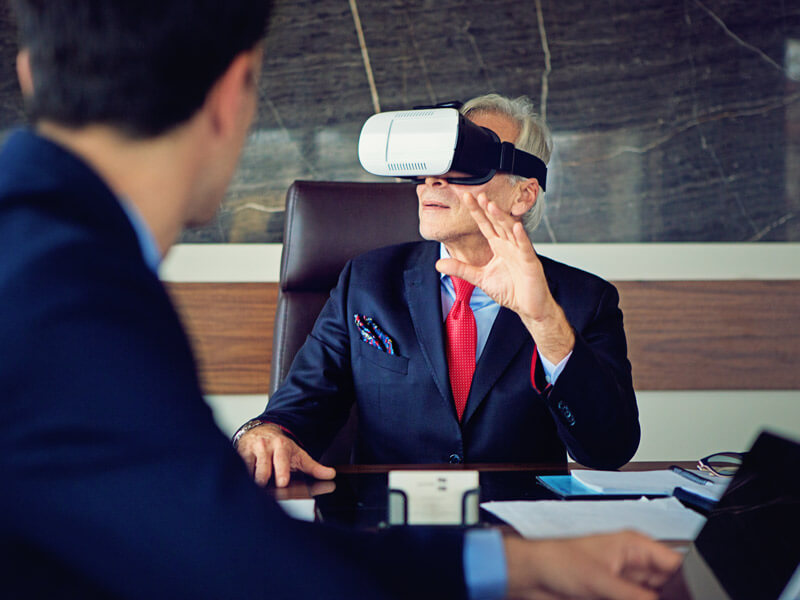We are fast approaching the tenth anniversary of the iPhone and it is already hard to imagine how we coped without smartphones.
To me they are indispensable; they keep me connected, productive and organised and I want to be able to use them in the office as well as at home. The same is true for many of my colleagues, and collectively we’re part of the trend typically called “the consumerisation of enterprise IT”. However, while these devices make our lives easier, the opposite is true for IT professionals. This influx of consumer devices into the business leads to complexity for I&O teams and, as new breeds of devices are released, the issue will only be exacerbated.
In many ways it’s great that individuals are more interested in the devices they use in the workplace today; the delta in knowledge between IT support and the employee is probably a lot less than it was several years ago. The downside however is that the constant innovation in consumer devices is forcing IT professionals to answer the needs of their organisation from two fronts. At the same time as managing the availability in complex data centres environments, they’re working out how to minimise the risk of the latest consumer-oriented smartphones are deployed across many thousands of users.
We’re about to see the next big step in this consumerisation process, as ‘wearables’ start to flood businesses of all shapes and sizes. Smartwatches, attached sensors and connected glasses, or in the future intelligent contact lenses, are all set to become as normal as a laptop or mobile phone. So what’s the problem? After all, IT teams have adapted to new device formats for years.
As part of the internet of things phenomenon, wearables will appear in vast numbers - diverse in the information they collect and voluminous in the data they accrue. I&O professionals are already under pressure to maximise uptime in data centre facilities that are running out of capacity and have very constrained budgets. Suddenly the ‘cool’ smartwatch is another thing to cause a loss of sleep.
But the picture isn’t all bleak; in fact it’s quite the opposite. The successful deployment of wearables gives IT professionals another opportunity to drive innovation and optimisation within the business through their technology expertise. This increases the stock of the competent technologist. Indeed, with an increasing interconnection between the developer landscape and more traditional infrastructure management, and lines of business that now view technology as opportunity rather than an overhead, wearables can become a showcase of IT excellence.
Getting to this successful outcome is not without its challenges, so we’ve outlined some areas in which we believe IT pros must start to plan for wearables. Whether it’s the developer landscape or understanding how the HR department might get involved, there are some interesting avenues to explore. If you’d like to hear more, feel free to drop me a line, and I’ll take a look at your message on my smart watch...






